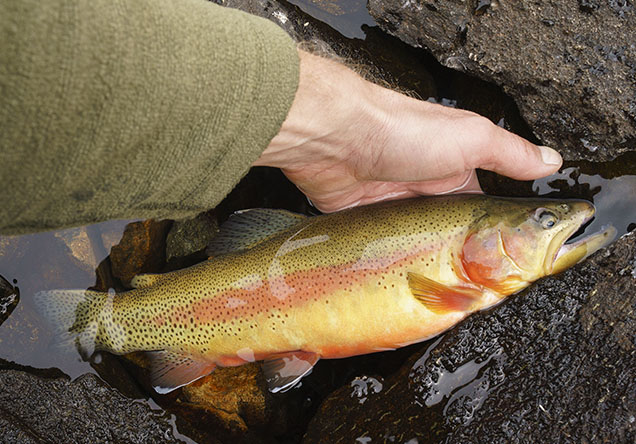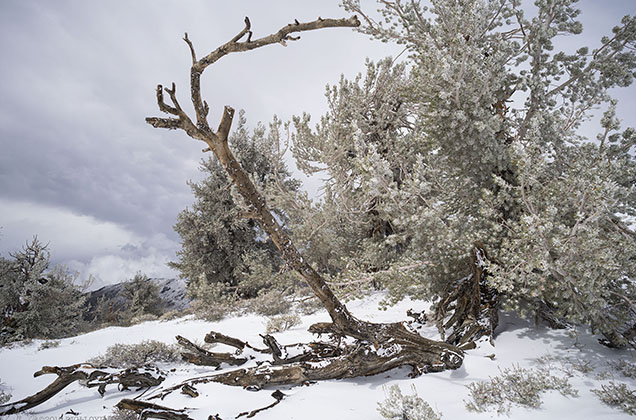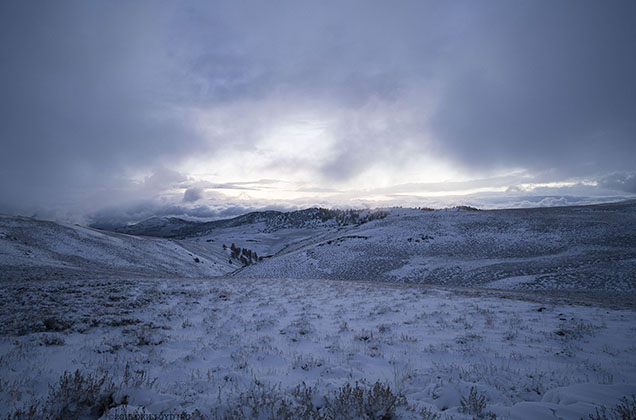
|

$220 SAVE $130 = 37.0% Western Digital 16.0TB Western Digital Ultrastar DC HC550 3.5-in… in Storage: Hard Drives
|

|

|

|

|
Zeiss Loxia 21mm f/2.8 Distagon: Class-Leading Performance in a Compact Package for Stills or Video on Sony Mirrorless
Related: depth of field, external articles by Lloyd, filters, focusing, How-To, Sony mirrorless, Zeiss, Zeiss Batis, Zeiss Distagon, Zeiss Lenses, ZEISS Lenspire, Zeiss Loxia, Zeiss Loxia 21mm f/2.8 Distagon, Zeiss mirrorless lenses
See Sony mirrorless wish list including Zeiss Batis and Zeiss Loxia lenses at B&H Photo.
Search this site for: Zeiss Otus, Zeiss Milvus, Zeiss Loxia, Zeiss Batis
Images on this page shot in the Eastern Sierra Nevada and White Mountains of California. Larger version up to 24 megapixels are presented in the in-depth reviews of Loxia lenses.
The Zeiss Loxia 21mm f/2.8 Distagon debuts in late 2015, offering standard-setting performance along with compact size and attractive operational characteristics. It is an all-new optical design optimized for Sony mirrorless. Performance at least matches all other 21mm full frame lenses on the market today, and it does so on the demanding 42-megapixel sensor of the Sony A7R II. Nor is close range performance neglected, as seen in Golden Trout.

Sony A7R II + Zeiss Loxia 21mm f/2.8 Distagon
[low-res image for bot]
The Loxia 21/2.8 deftly fulfills the reduced size and weight promise of mirrorless cameras. Compared to the ZF.2/ZE 21/2.8 Distagon for Canon/Nikon, the Loxia 21/2.8 is about 1/3 lighter than its ZF.2/ZE DSLR sibling, but without the awkward flaring front-end. Thus the Loxia takes 52mm filters instead of 82mm filters. It is a fundamentally “friendly” lens for anywhere/anytime carrying and shooting as well as quick and easy “stow” in a daypack. But before delving more into the Loxia 21/2.8, an overview of the Loxia lens lineup is warranted.

Loxia lenses
The Zeiss Loxia line is designed for Sony mirrorless full frame cameras (A7R II, A7 II, A7s II, etc). The Loxii are very compact designs of moderate speed (f/2 or f/2.8) targeting still photography but also aimed squarely at videographers. Loxia lenses are manual focus, also utilizing a manually-controlled aperture ring with declickable aperture. For digital photography, the Loxia line is a “retro” as it gets in operation, yet is otherwise modern in design (lens info, EXIF info, focus-by-wire, etc). The direct manual control of focus and aperture are desirable for video applications, but also are valuable for still photographic pursuits where predictable manual control avoids mistakes. To me, it feels good to work with such lenses, with no surprises from the camera.
I shot various 4K video clips on the Sony A7R II on a recent trip. Video results were exactly as intended using the Loxia 21mm f/2.8, but using the autofocus Zeiss Batis 25mm f/2 Distagon, the Sony A7R II ruined the clips shot with autofocus enabled by continually focus-hunting every few seconds (even as the subject hardly moved!). While this was operator error (autofocus should have been disabled), Loxia lenses eliminate the possibility of destructive camera behavior. Ditto for fixing focus in advance for still-photo applications (and across camera power on/off): night shooting, pre-focusing for expected subject movement, etc. This full manual control will be a welcome asset for some users, but perhaps frustrate those for whom it is not intended. Such is often the nature of any well conceived tool.
Loxia 21/2.8
The 21mm f/2.8 Distagon adds the 3rd lens to the Loxia lineup. It follows (late 2014) the Loxia 35mm f/2 Biogon and the Loxia 50mm f/2 Planar, those two lenses being based on proven rangefinder lens designs (Zeiss ZM for Leica M-mount). The use of tweaked Zeiss ZM optical designs delivered two high priority focal lengths to the market without all-new R&D efforts. Both lenses are classic performers. While not newly designed for mirrorless nor optimal in pure performance terms versus all-new designs, the Loxia 35/2 and 50/2 nonetheless have appealing imaging characteristics for some applications (see in-depth reviews). In contrast, the Loxia 21/2.8 Distagon has been highly optimized for digital in every way. And yet it offers a distinct style of its own.
Physical design of the Loxia 21mm f/2.8 is exactly as with its 35/2 and 50/2 siblings: compact and lightweight, reversible lens hood, smooth focus response, nice clicks to the aperture (if not declicked). That said, all small lenses suffer from one unavoidable physical challenge: the controls are necessarily in scale with the lens itself, and thus with larger hands or hands stiff with cold and/or gloves, operating the Loxia focusing and aperture rings is not as error free as with a larger lens like the ZF.2 21mm f/2.8 Distagon for Canon/Nikon (much larger); there is less to grab hold of in size terms. In short, it is easier to alter focus by mistake while attempting to change the aperture ring on the Loxii, simply because they are small and lack obvious texture to the fingers by feel. A choice of controlling the aperture directly from the camera as with Zeiss ZF.2 lenses on a Nikon DSLR would have been desirable.
The Loxia 21/2.8 has a wide range of applications, from landscape to architecture to documentary work to multi-person selfies, even under very difficult lighting conditions. The outstanding sharpness and flare control together with very low distortion makes the Loxia 21/2.8 suitable for just about any task in optical terms.
There is a remarkable 3D feel to the imagery of the Loxia 21/2.8: it can separate subject from background even at medium distance, and even stopped down somewhat. At f/2.8 the subject separation offers a particularly compelling 3D feel that makes it must-have, even ignoring its other fine attributes. See Orange and Blue Tree Trunks.

Sony A7R II + Zeiss Loxia 21mm f/2.8 Distagon
[low-res image for bot]
The Loxia 21/2.8 makes 10-point sunstars right starting at f/4, with the sunstar spokes becoming elongated with stopping down (see the Sunstar through Aspen Leaves example).

Sony A7R II + Zeiss Loxia 21mm f/2.8 Distagon
[low-res image for bot]

Sony A7R II + Zeiss Loxia 21mm f/2.8 Distagon
[low-res image for bot]
Dramatic black and white conversions can be had, as in Ancient Bristlecone Pine Sculpture, Late Dusk.

Sony A7R II + Zeiss Loxia 21mm f/2.8 Distagon
[low-res image for bot]
Contrast into strongly backlit dark areas holds up superbly, as shown in the Sunlight Blazes Out Through a Blue Hole in the Clouds.

Sony A7R II + Zeiss Loxia 21mm f/2.8 Distagon
[low-res image for bot]
While flare control is state of the art, not all flare is the lens itself, as is shown in Snowflakes Flare in the Westering Sun, where snowflakes are responsible for interesting flare spots having the shape of the lens diaphragm.

Sony A7R II + Zeiss Loxia 21mm f/2.8 Distagon
[low-res image for bot]
In the field
I put the Zeiss Loxia 21mm f/2.8 through rigorous testing on the Sony A7R II over several weeks for thousands of images, which for me means outdoor shooting in the mountains, often with challenging lighting and contrast.
The Loxia 21/2.8 quickly became a favorite—I found myself preferring it even to the Zeiss Batis 25mm f/2 for various reasons including its very compact size (very easy to carry and stow), unrelentingly sharp imagery, flare control and dramatic angle of view. Physically in the hands, the A7R II + Loxia 21/2.8 feels like the perfect match. And with image stabilization of the Sony (IBIS), I could shoot down to 1/10 second or so for two or three frames and get a tack sharp image at least once. That said, for moving subjects (my daughter hiking), the Batis 25/2 was preferable, because of quick-dab autofocus.
In magnified Live View, the Loxia 21/2.8 is a breeze to focus using 12.5X magnification on the Sony A7R II. Just remember to open to full aperture f/2.8 for focusing, then close the aperture for shooting for more depth of field when needed. Performance improves only modestly with stopping down since the lens is so well corrected; stopping down is almost all for depth of field. In other words, wide open at f/2.8 is terrific, indeed highly attractive for its ability to separate the subject by shallow depth of field, and to draw the viewer towards frame center via vignetting.
Conclusions
The Zeiss Loxia 21mm f/2.8 is marvelous for Sony mirrorless, indeed it should be considered essential for any serious shooter. It trounces the Sony 16-35mm f/4 in sharpness, and is a full stop faster, more compact, just a gem on the camera. At least for me, mastering one focal length is far better than jack of all trades zooms; I always make better images with fixed focal length lenses, which do not allow foot-dragging laziness by zooming instead. I felt frustrated having to return the test lens to Zeiss, knowing I would be deprived of it until my own sample arrives from the first production run.
Lloyd’s photography blog is found at diglloyd.com; it covers many brands, lenses, cameras. In-depth review coverage of the Zeiss Loxia lenses is found in Guide to Mirrorless. By subscription.

Sony A7R II + Zeiss Loxia 21mm f/2.8 Distagon
[low-res image for bot]
Seagate 22TB IronWolf Pro 7200 rpm SATA III 3.5" Internal NAS HDD (CMR)
SAVE $100

















